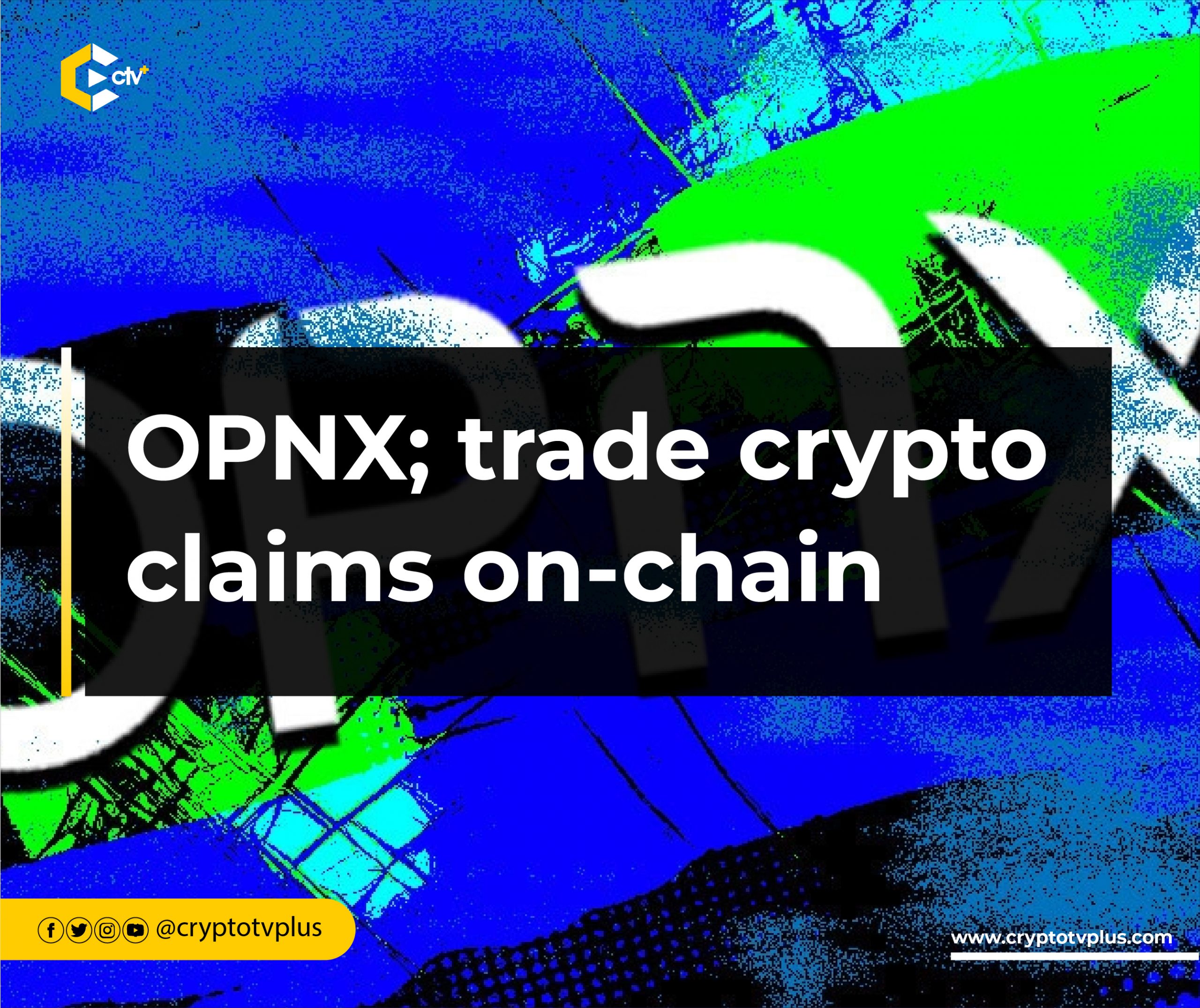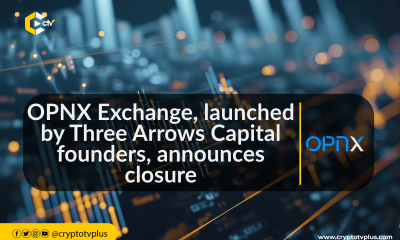Education
OPNX; trade crypto claims on-chain

Open Exchange is the world’s first public marketplace built on the blockchain for crypto claims trading and derivatives. The platform which will use the FLEX token, the native coin that powers CoinFLEX, wants to build a completely decentralized custody and clearing infrastructure and then expand into forex and stock trading. Users can also utilize their claims as collateral while trading cryptocurrency futures markets on OPNX.
Why OPNX?
Several people have experienced significant financial losses as a result of the crypto market crash. One of the greatest is the collapse of FTX in 2022 which left a lot of users without a clear solution to recover their assets when the exchange collapsed.
Apart from FTX, other crashes that have happened did not give clear procedures on how to reimburse users. Worse, in the aftermath of insolvencies, consumers’ cash is locked on these platforms, with rewards unpredictable and contingent on a multi-year liquidation procedure. According to OPNX, there is a $20 billion claimant market screaming for a solution.
OPNX was created to solve the problem users suffer when platforms crash but they cannot easily claim their assets in those platforms. OPNX wants to create a platform where users can rightfully use their claims to carry out transactions safely.
Features of OPNX
- Spot trading: OPNX offers spot trading which is a simple concept in which traders buy crypto assets and wait for them to rise in value. It is considered relatively safer than other trading markets, as traders can only buy as much as they can afford. Major tokens on this service include bitcoin (BTC), ether (ETH), dogecoin (DOGE), and USD coin (USDC).
- Futures: OPNX also offers futures trading. Crypto futures trading allows traders to speculate on the future price of a cryptocurrency without actually owning it. It allows traders to leverage their positions, allowing them to control a larger amount of cryptocurrency with a smaller amount of capital. However, leverage can also increase the risk of losses. OPNX does futures on bitcoin (BTC), ether (ETH), dogecoin (DOGE), and USD coin (USDC).
- Claims: This is a service that OPNX will expand to cover crypto companies such as crypto exchanges FTX and CoinFLEX. As of 11 January 2023, FTX Creditor Claims was trading at $0.13 on the XClaim platform which is similar to OPNX. In a typical claims trading situation, the ownership of a creditor in a bankruptcy case is transferred to another entity that is willing to bear the risk, in exchange for instant cash. Thus, OPNX will buy up claims from users who are victims of collapses in crypto.
- Affiliate system: There is also an Affiliate System that rewards users on OPNX based on the number of new accounts they are able to attract to the platform. It offers an earning opportunity.
Team behind OPNX
While there are rifts about the connection between OPNX and Su Zhu and Kyle Davies, founders of the bankrupt 3AC hedge fund, the only known personality behind OPNX is Leslie Lamb. She is the CEO of OPNX.
The graduate of Haverford College, US, was the Chief Marketing Officer at CoinFlex and Head of Institutional Sales at Amber Group.
Roadmap of OPNX
Some of the future development coming into OPNX includes public real-time cryptographic audits which will help users see and understand the collateral backing of the project, and integrate with a zero-proof knowledge technology to allow all parties can independently confirm that every balance, liquidation, withdrawal, deposit, and trade is correct, and universal margin account will also be introduced.
Other products such as stock trading and forex will also come into OPNX and users will participate in all of these with a single account.
Tokenomics of Open Exchange
According to the website, the project will be powered by $FLEX, the native token of Coinflex. $FLEX will act as the governance token (for controlling the development direction of OPNX) and utility token (for paying fees during transactions in the platform).
The total supply is capped at 100 million. OPNX chose to reward its long-time supporters by giving them stakes in the new exchange. There is also a deflationary model for $FLEX where 20% of its revenue will be burnt. Trading fee discounts will also be issued to holders.
Read also;
What are centralized exchanges how to use them
Top 3 centralized exchange with most metaverse gamefi tokens


















